In 2013, my collecting partner, Ray McDougall, and I had a unique opportunity visit and collect at the Quiruvilca Mine in Peru. Ray is a securities lawyer, on Bay Street, Toronto, and had acted for Southern Peak Mining when they acquired the mine from Pan American Silver in 2012. He had exacted a promise from the president of Southern Peak Mining that he (and I) would be granted an opportunity to visit the mine and collect minerals, sometime shortly after the deal was consummated. Ray contacted Southern Peak about fulfilling the promise, in late 2012, and we made our arrangements to travel to Peru in March 2013. It would be an honour to visit such a famous, classic mineral locality and collect on-site!
The Trip
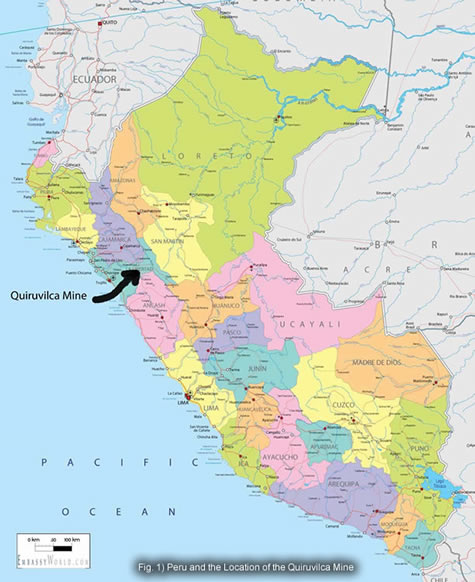
The first part of the trip was like international travel anywhere; airports, line-ups, security, long overnight flight, busy airports, etc. After landing in Lima we stayed in the airport and caught a flight to Trujillo, the closest city to Quiruvilca. Southern Peaks sent a driver in a spacious SUV to pick us up for the drive to Quiruvilca. Originally, we had planned to stay over in Trujillo and drive to Quiruvilca the next day. We were informed that the new road to Quiruvilca was in very bad shape due to the construction and the very heavy rains that they had been experiencing recently, so much so, that we needed to head up to Quiruvilca the day that we arrived. So we did! The first leg of the road trip to Quiruvilca was pleasant enough on paved road, by the sea shore, through many, many fields of sugar cane. Eventually, we turned up a valley and started to climb into the precipitous mountains that are never far from the narrow coastal plains. The road is only in good shape until Carabamba. After that point it is under construction and is, for several hours, a long, curving, bone jarring, muddy, pothole filled construction site that never seemed to end. The area above and east of Trujillo is a booming mining area with several large mines under development and the old road is a key conduit into the region for supplies, fuel, raw materials, fuel, explosives, equipment and people. As a result, the very heavy traffic on this, currently, pitiful road, through muddy or dusty (depending on the weather) towns, was a constant stream of supply vehicles; buses, cars, pick-ups and tractor trailers. When it is completed, it will be a blessing!
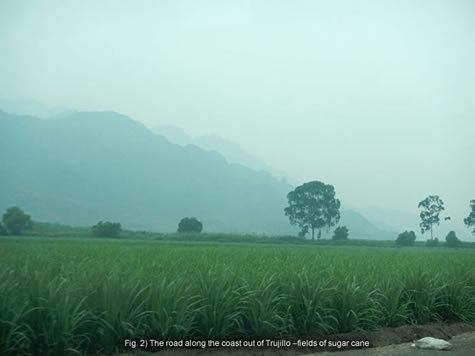
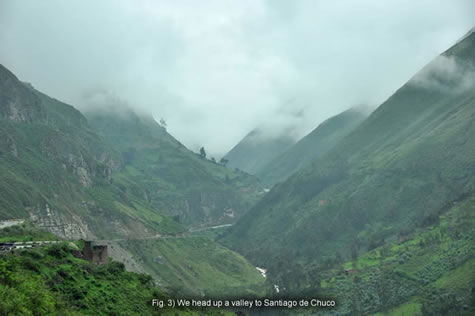
The recent weather did not help road conditions. Above average heavy rains had served to make maintenance impossible, create amazing amounts of mud, induce rock-slides, and cause the heavy traffic to create huge potholes. As a result, progress up the grade to Quiruvilca was slow and dirty, for the most part.
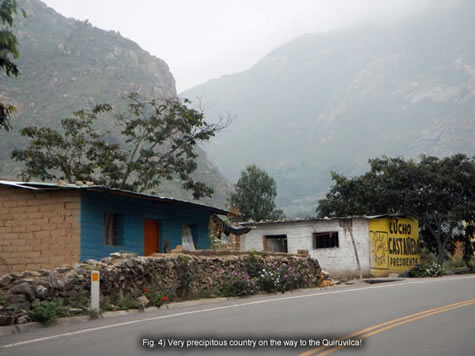
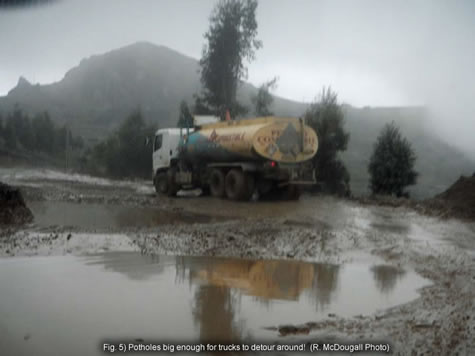
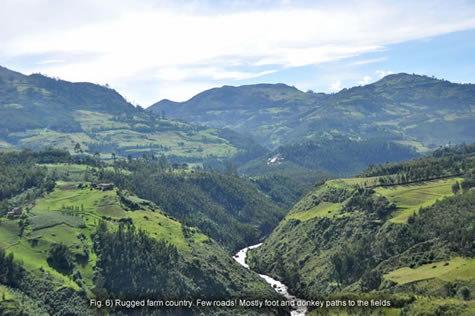
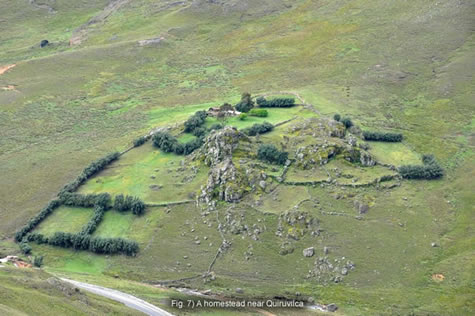
Quiruvilca Mine
Mineralization was first reported at Quiruvulca in 1789. Mining at a corporate level started in 1907 and more or less until 1930 or so. The Quiruvilca Mine has been in continuous operation since about 1940. The nature and grades of the deposit have caused it to alter the types of metals that it has produced over the years from originally copper/silver to copper/gold to the current lead/zinc/silver. The deposit(s) are zoned and the plan view in figure 8 shows the four metallographic zones. The workings are extensive, spread out over a wide area, in many veins. Currently, grades run at about 150 g/t silver, 4% zinc, 1.5% lead and 0.5% copper. Stoping is taking place in, reportedly, 60 places. Considering the 1725 tons/per/day that the mine can process, that is a lot of small stopes! The underground working places are accessed by several adits/ramps and one shaft. Ore is moved to surface, primarily, by one long conveyor belt system but also supplemented by rail movement from ore passes plus skip-hoisted ore. When we looked at a plan of the workings and saw the many, many kilometres of drifts and ramps, we understood why we had to walk so far between stopes!
In essence, the mine is a hodge-podge of several past mining initiatives, haulage methods and development approaches, as is often the case with older mines.
The mining method in the stopes that we observed was remarkably consistent and seemed to consist of a modified narrow-vein, undercut method of mining, necessary due to the incompetent nature of the vein material. Essentially, a raise is driven near-vertically, and compartmentalized to serve as a manway as well as a mill-hole. Ore is blasted and then moved with scrapers and cables from the face to the mill-hole. Rail cars are then loaded from a chute at the bottom of the mill-hole. The stopes are heavily timbered due to poor ground conditions. I didn’t notice any back-filling of completed stopes. In some places, the ore minerals seemed to be high-grade sulphides held together by clay which seemed to have no tensile strength whatsoever.
All to say, I expect that mining costs are probably fairly high but overall costs offset to a payable level by the good grades and low labour costs.
Geology
The geology of the Quiruvilca Mine is fairly simple but interesting. I will “lift” a geological description directly from the book, “Peru, Paradise of Minerals” by Guido Del Castillo, Edited by Art Soregaroli. Those authors relied on geological descriptions by Bartos (1983, 1987, 1990) and Lewis (1956).
The Quiruvilca deposits are in layered volcanic rocks of the Miocene Calipuy Formation which includes andesite and minor basalt flows. The Calipuy formations has an estimated thickness in excess of 2,000m. Intrusive rocks include andesite stocks and dykes.
The ore zones have four distinct zones. Ores in the central part of the district are mesothermal and are dominated by enargite. The mesothermal deposits grade outward to the epithermal deposits. Lewis (1956) described the various zones in some detail.
The inner zone is called the Enargite Zone and, in the past, encompassed the major part of the Quiruvilca Mine. Little mining is done in that zone today. Minerals associated with the enargite in this zone are pyrite tennantite, wurtzite, sphalerite, chalcopyrite, orpiment, galena and rare hutcinsonite.
The second zone outwards is the Transition Zone which is up to 1,400m wide. Its dominant ore mineral is sphalerite with pyrite and tennatite-tetrahedrite. Other sulphides include chalcopyrite, galena, marcasite, arsenopyrite, covellite and wurtzite. Gangue minerals are mostly massive quartz and occasional rhodochrosite and calcite.
The third zone outward is the epithermal Lead-Zinc Zone characterized by sphalerite and galena accompanied by pyrite, chalcopyrite, tetrahedrite-tennantite, marcasite, arsenopyrite and gratonite. Gangue minerals in the lead zinc zone are quartz, dolomite, rhodochrosite and calcite.
The outermost zone is the Stibnite zone. In addition to stibnite, the other minerals there are arsenopyrite, pyrite, sphalerite, galena, chalcopyrite and arsenic.
During our visit, we spent most of our time in the Lead-Zinc and Transition zones.
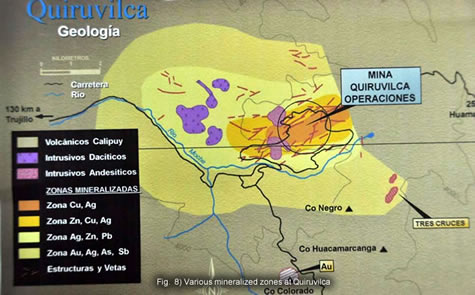
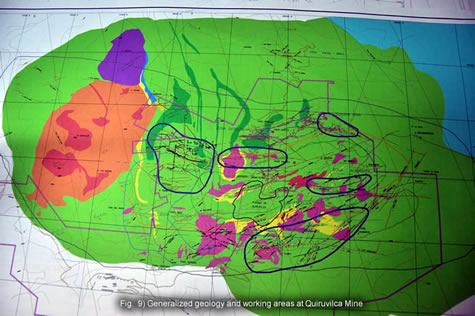

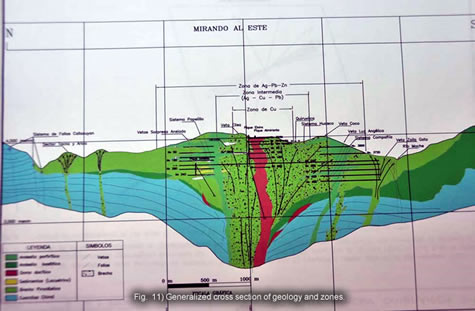
The Town
Quiruvilca seems to be totally dedicated to the Quiruvilca mine. Some of the mine workings are accessed within town limits and easy walking distance of the town. You can often see miners and workers walking to and from their homes in their working gear. Homes seem to be very modest and crammed into every available space. The Mineralogical Record article by Crowley, Currier and Szenics shows a photograph of the town in 1976 or so and it seemed to be much less concentrated than it is now.
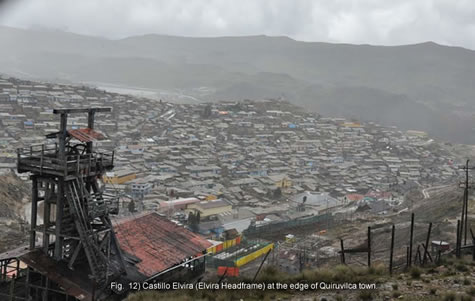
We were very fortunate that Southern Peaks resources invited us to stay in the “Mine Managers house” within the gated/guarded company compound near the mine offices. The compound is a beautiful enclave with nice management homes and bunkhouses, gardens, trees, etc. Our driver would pull up to the gate and a uniformed guard would rush over to open the gate and salute as we passed into the compound. This was repeated on the way out.

The mine manager’s house is like a guest house with seven or eight bedrooms, a couple of bathrooms, washing facilities, dining room and a very nice living room. Marina, a very nice lady, who has worked in the Mine Manager’s house for 30 years making guests comfortable, preparing meals, cleaning and making it a “home away from home”. She was very helpful and hospitable to us, always greeting us with a smile and a welcome. Each morning we would go underground collecting and then come back to the house to get cleaned up and have a late lunch. Afternoons were spent cleaning the minerals and, mostly, reading and chatting by the fire or visiting mine staff to learn about the area.
The mine facilities, including the mine manager’s house were “dry”. All that good food and accommodations were begging to be accompanied by a nice before dinner aperitif or some fine wine during supper but it was not to be.
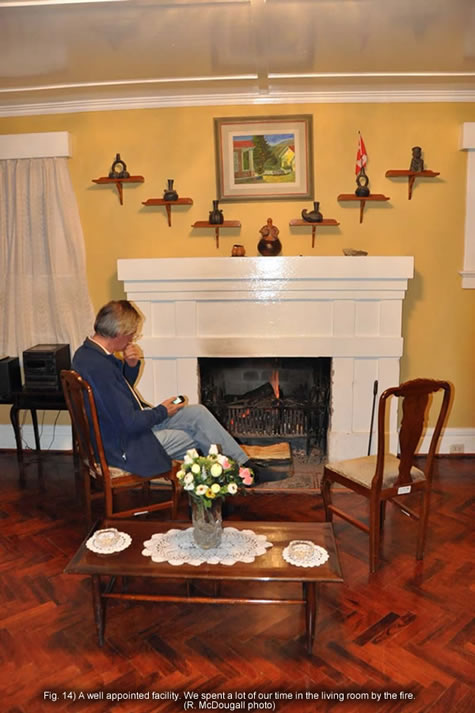
Very few people spoke English at Quiruvilca (we only met two, the doctor and one manager) so we worked hard, the entire time, with our limited Spanish, to understand, to be understood and make conversation. People were very accommodating and went well out of their way to help us.
Quiruvilca is situated at about 3800 metres (12,500 feet) elevation so the effects of altitude are always apparent. I’ve been “at altitude” many times and always feel light-headed, perhaps with a slight headache and get winded very quickly when climbing or exerting myself. Unfortunately, Ray had a stronger reaction, after a day or so, with racing pulse, nausea, bad headache, etc., so much so that he spent a better part of a day, recuperating and dosing himself with oxygen, under the supervision of the company doctor.
Collecting
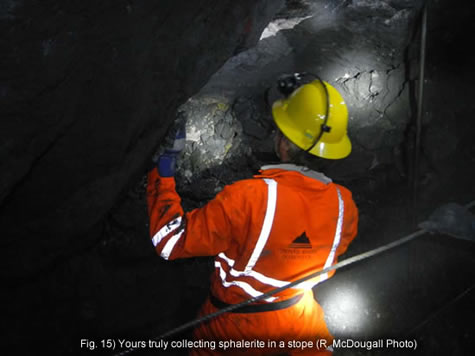
Ray and I were allowed to go underground to collect on three days. Geological and production staff were very amenable to accompanying us and leading us through the extensive workings to working stopes. Most of the workings, currently, are in the Zn-Pb-Ag zone, so exotic minerals such as orpiment, enargite, arsenic, etc., were not seen. On the first day, we did encounter a zone of very dark sphalerite crystals associated with some spherical pseudomorphs of galena after, possibly, enargite. Fun to collect.
On the second day, I had a particular thrill. We visited a stope in the Pb-Zn-Ag Zone and encountered a vug containing interesting iridescent, gemmy sphalerite. It was extra fun that the miners and geologists all stopped work to watch me clean out the vug and wrap the specimens. The specimens were not “world beaters” but, as it turns out, each one had with tiny, beautiful, sharp seligmannite crystals associated with the sphalerite. These are significantly different from the seligmannite crystals from La Paloma Mine.
On the third day, we found some sort of botryoidal sphalerite speckled with tiny crystals of tetrahedrite. There were open spaces/cavities in all of the stopes that we visited but most were too small to produce any good specimens. It the old adage that “you have to be in the right place, at the right time” in order to be able to recover good specimens.
The thing is, there is little mining, currently, in the Cu-Ag zone, also known as the “enargite zone” which was the zone that produced the really good enargite crystals, orpiment and hutchinsonite, in the past. The veins that were of the best grades were simply worked out years ago. It seems that the company is going to develop some new workings in the enargite zone which could be good news for mineral specimens. That said, there ARE good specimens being produced at Quiruvilca but in smaller quantities than in the past.
Lima
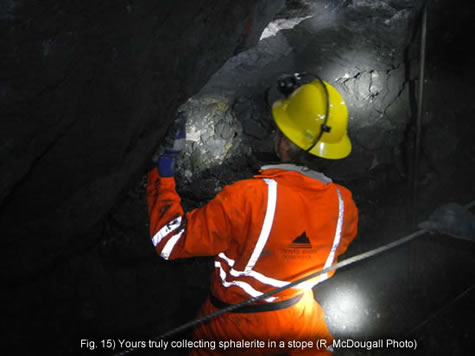
Lima is a huge, sprawling metropolis with many neighbourhoods. For some reason, the sky is often obscured by a haze that comes in off of the Pacific Ocean so, although it is often sunny, it doesn’t always SEEM sunny. We were fortunate to stay in Miraflores, a relatively well-run, safe, attractive area of the city, right beside the ocean. As a result, we were able to stay in a nice hotel, take pleasant walks along the cliffs in the evening to watch the sun set, eat our meals at sea-side restaurants, etc.
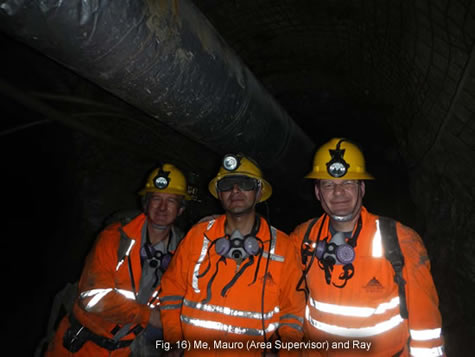
Very civilized! The mineral dealers , in Lima, seem to congregate in an area west of the Plaza San Martin, which just happens to be in one of the more difficult and dangerous areas of Lima. I managed to have my small camera stolen from me, while walking between dealers, by a “pick-pocket” during our two forays there. I wouldn’t have minded so much if the thief had been a little more considerate and left me the memory card with the contained photos! I wonder what she thought when she looked over the images?
Some Minerals
Here are some images of specimens that we collected at Quiruvilca mine or purchased locally or in Lima. Further down are some other specimens of nice minerals from other localities in Peru. They are from Quiruvilca Mine, unless noted otherwise.
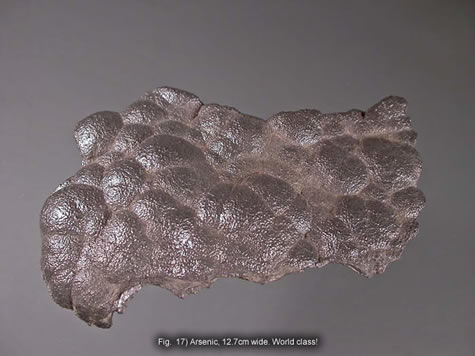
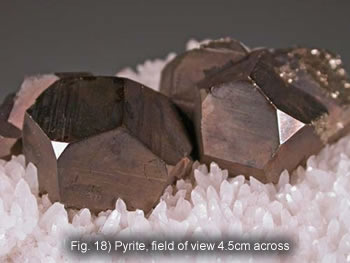
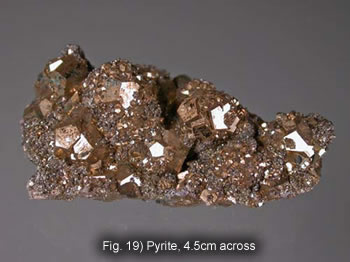
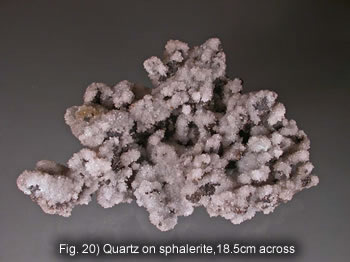
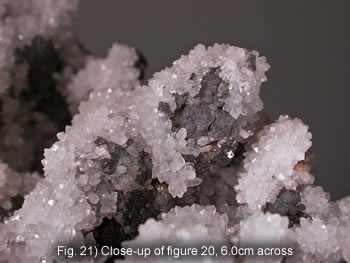
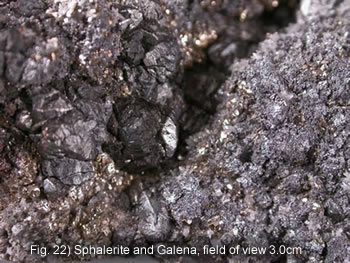
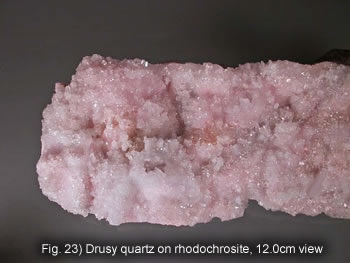


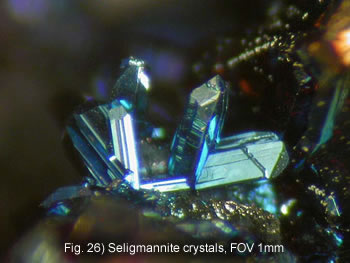
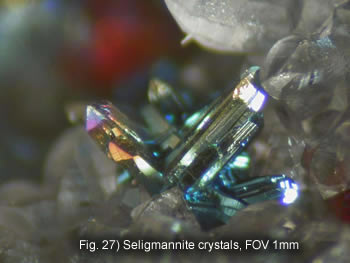

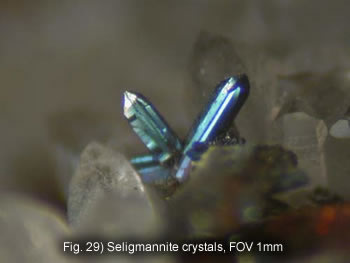
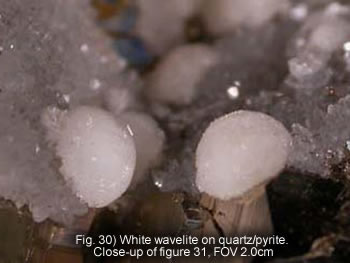
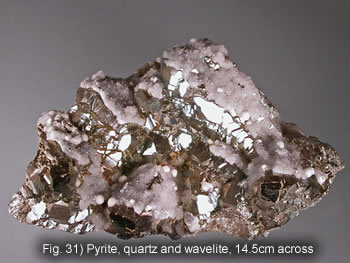
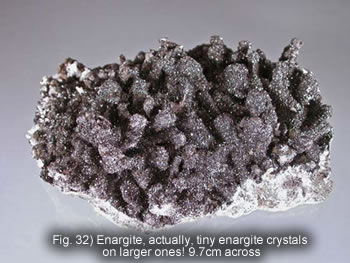
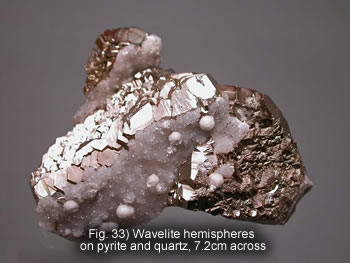
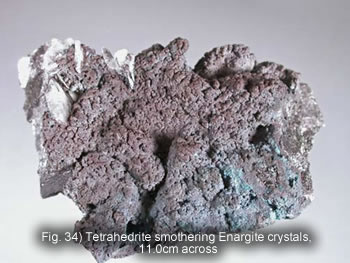


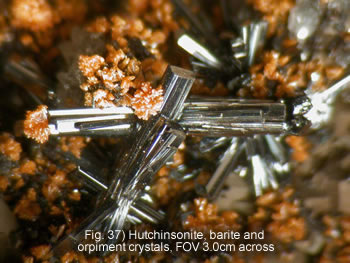
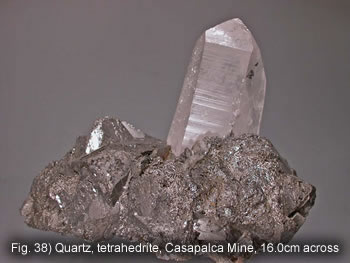


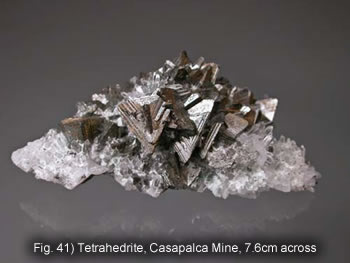
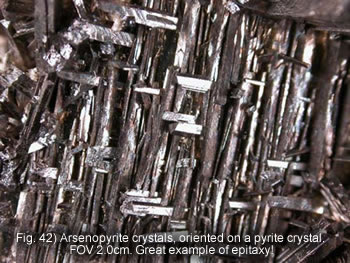

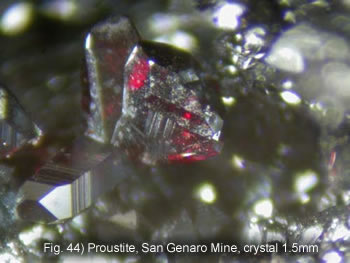
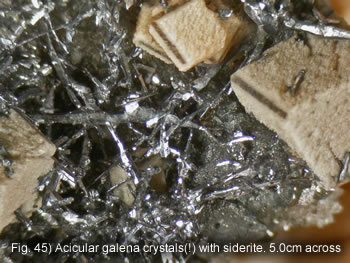

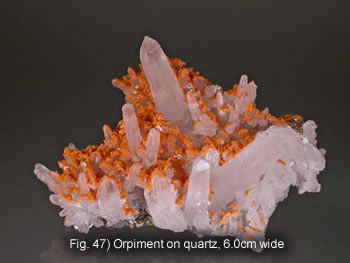
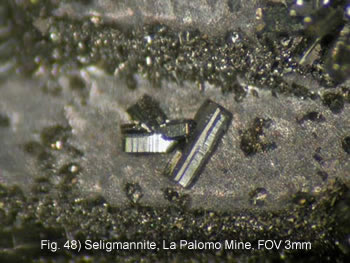
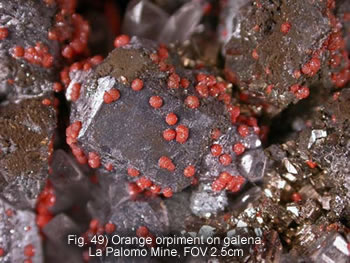

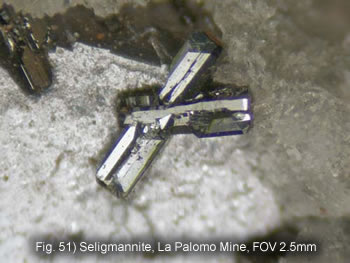
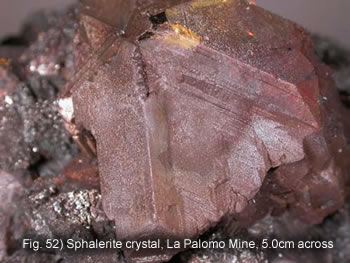
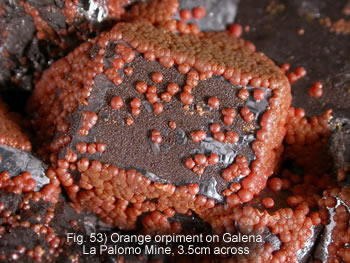
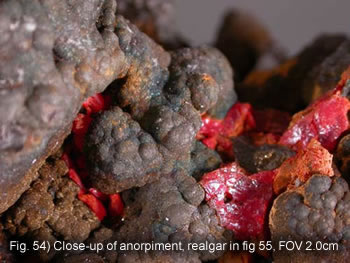
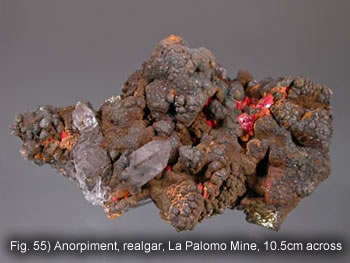
More Pictures!
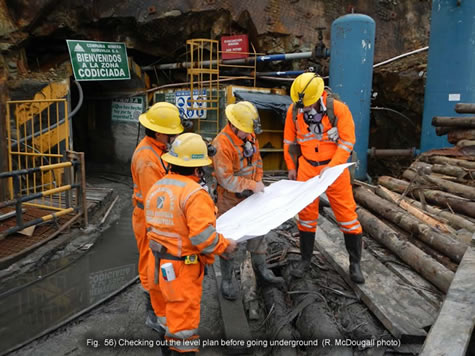
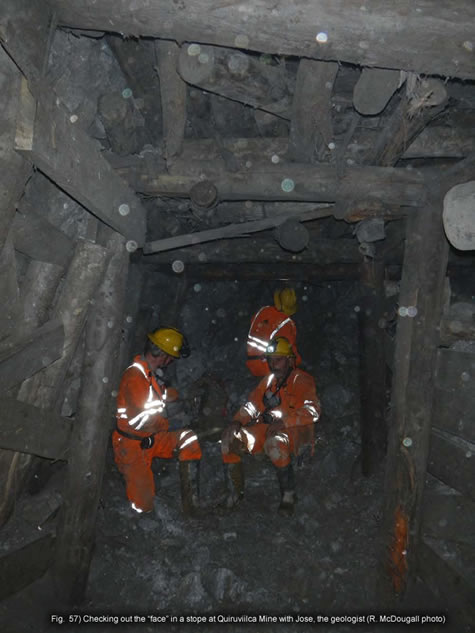
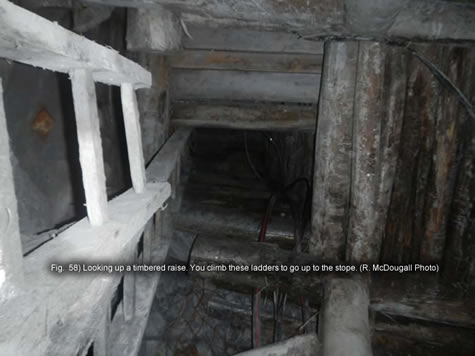
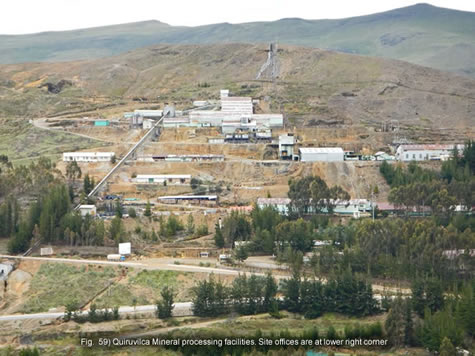
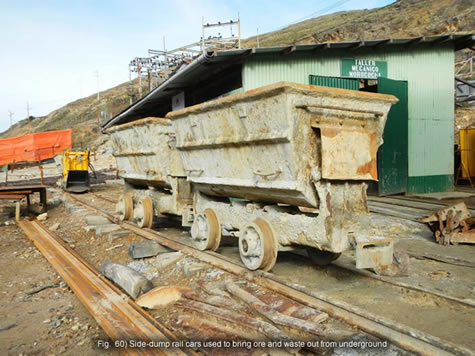

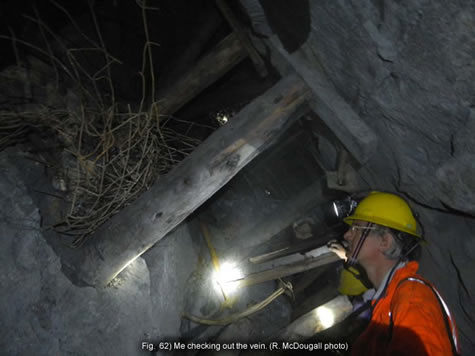
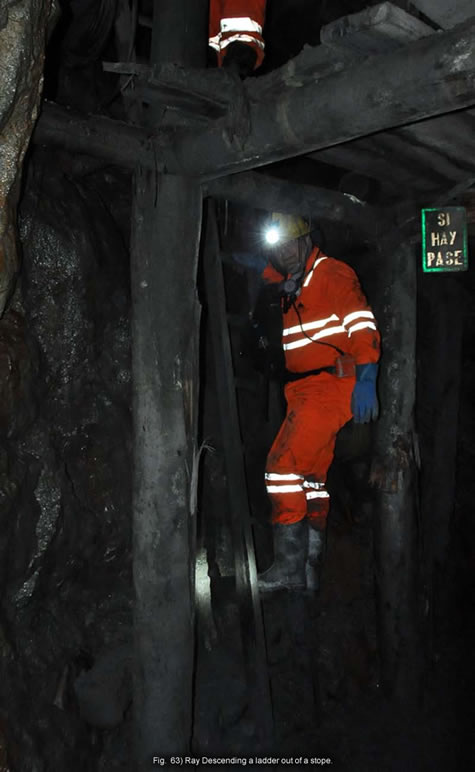
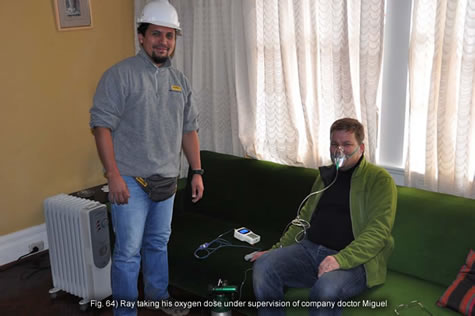
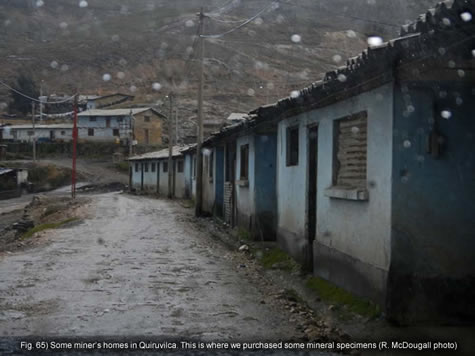
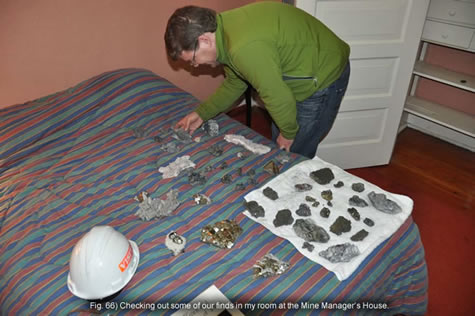
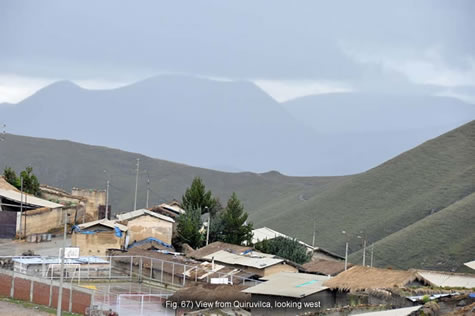
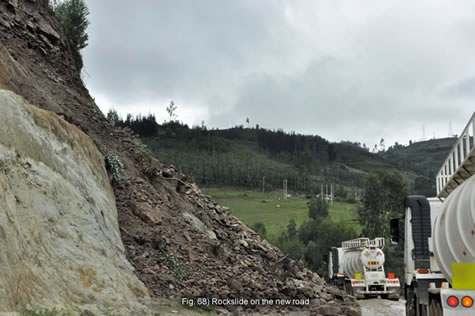

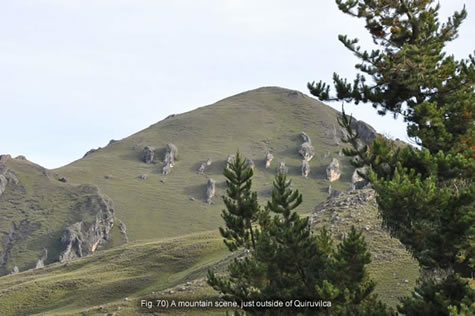
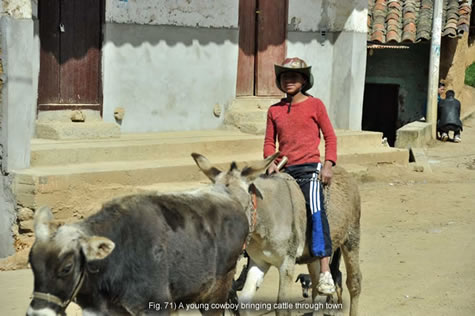
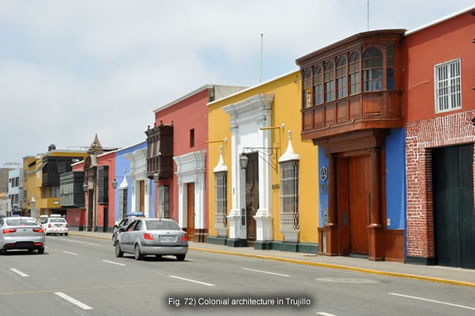
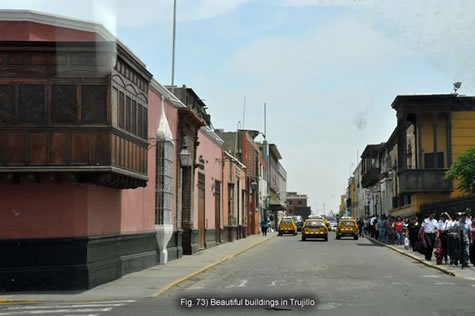
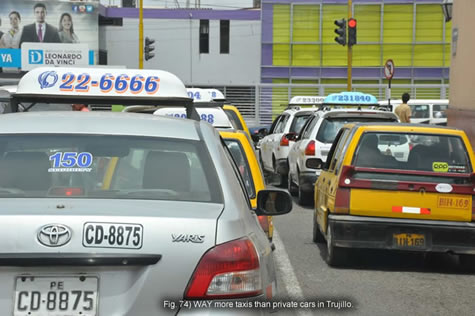

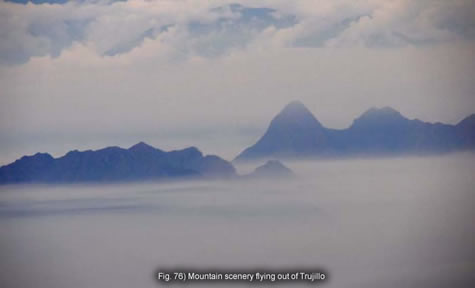

References
CROWLEY, J.A, CURRIER, R.H. and SZENICS, T. (1997) Mines and Minerals of Peru, Mineralogical Record, Vol.28, 21-28
SOREGAROLI, A., DEL CASTILLO, G. (2010), Peru, Paradise of Minerals, Museo Andreas Del Castillo, 55-72
Southern Peaks Mining Website : www.southernpeaksmining.com